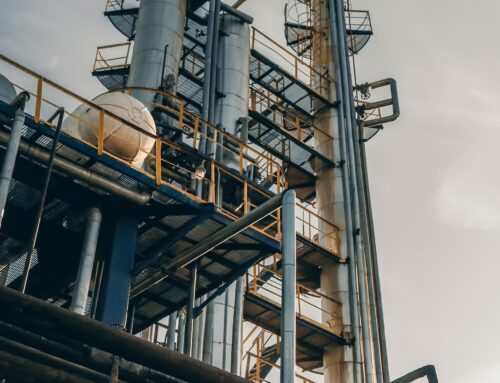
Introduction
Petrochemicals are an integral part of textile manufacturing. They are used in various stages to produce synthetic fibers, dyes, and finishing chemicals that give textiles their desired characteristics. However, the petrochemical industry has long been associated with negative environmental impacts due to the extraction and processing of crude oil.
The Need for Sustainability
As the world becomes more conscious of the environmental impact of various industries, sustainable textile manufacturing has gained significant attention. Consumers are increasingly demanding ethically produced textiles, and brands are prioritizing sustainability to meet these demands and reduce their carbon footprint.
Sustainable Alternatives
Fortunately, sustainable alternatives to petrochemical-based textile production are emerging. These alternatives minimize the environmental impact while still providing quality fibers and finishes. Here are some notable sustainable practices:
- Recycled Materials: Incorporating recycled materials like plastic bottles or post-consumer waste into the production process can reduce the reliance on new petroleum-based resources.
- Organic Fibers: Growing fibers organically, such as organic cotton or hemp, eliminates the need for synthetic fertilizers and pesticides, reducing chemical pollution and promoting biodiversity.
- Natural Dyeing: Utilizing natural dyes derived from plant sources reduces water pollution and energy consumption compared to traditional synthetic dyes.
- Water Recycling: Implementing advanced water treatment systems and recycling processes can significantly reduce water usage and minimize the discharge of harmful chemicals into water bodies.
Benefits of Sustainable Textile Manufacturing
The adoption of sustainable practices in textile production offers various benefits:
- Reduced environmental impact
- Enhanced brand reputation
- Increased consumer trust and loyalty
- Improved worker safety and well-being
- Lower operational costs in the long run
Conclusion
Petrochemicals have long been involved in textile manufacturing, but the industry is now shifting towards more sustainable alternatives. Realizing the environmental impacts associated with traditional processes, sustainable textile manufacturing incorporates recycled materials, organic fibers, natural dyes, and responsible water management. By adopting these practices, the industry can significantly reduce its carbon footprint and promote a greener future.





